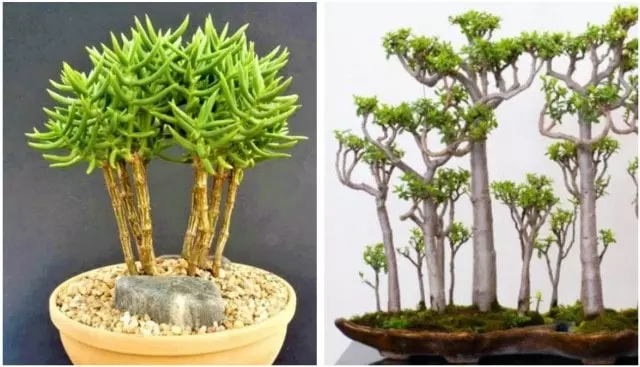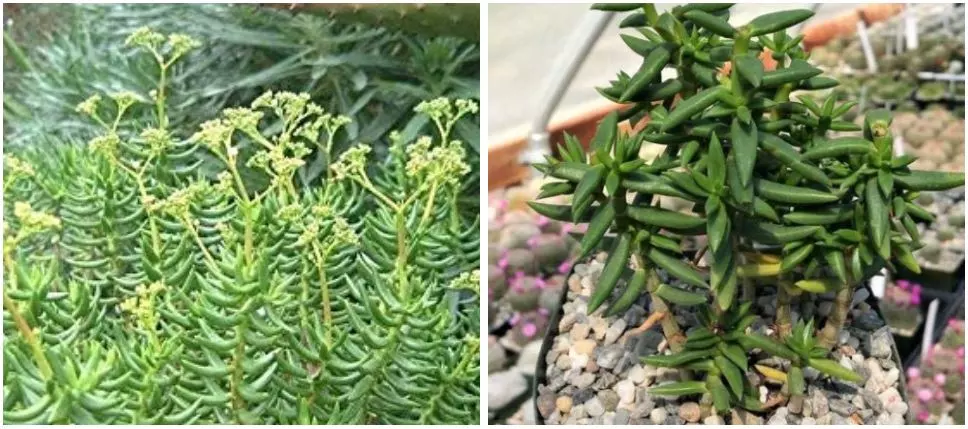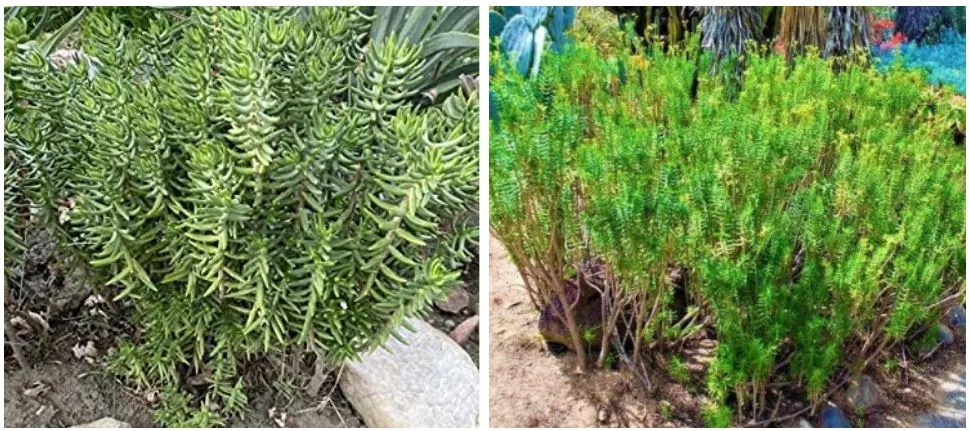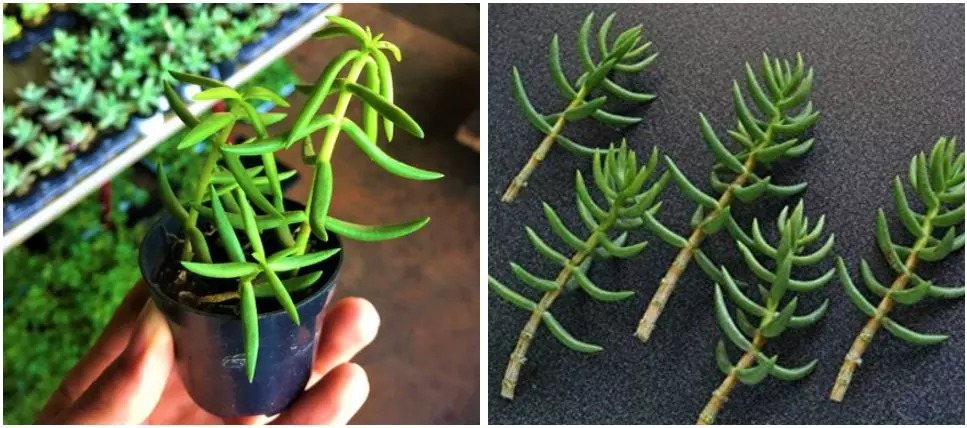Crassula tetragona, also called Miniature Pine Tree, Bonsai Pine Succulent Plant, and Bonsai Chinese Pine, is a succulent plant easy to cultivate with the right tips. Succulent collectors may be familiar with Crassula tetragona, especially those in Southern California. In succulent gardens, Crassula tetragona will easily spread and prosper. Here a guide about Crassula tetragona Care.
The genus Crassula consists of more than 600 species of succulent plants, almost all of which are native to South Africa. The main species are: Crassula ovata (Gollum), Crassula ovata (Jade plant), Crassula arborescens, Crassula lactea, Crassula multicava, Crassula corymbulosa, Crassula perforata, Crassula capitella, Crassula falcata, Crassula hottentot (C. marnieriana), Crassula conjuncta, Crassula lycopodioides.
Succulent shrubs with bright green leaves that curve upwards with spikes. It has a pine-like appearance and can make great bonsai plants, even though it grows several feet tall in its native habitat in South Africa.
Table of Contents
Crassula tetragona or Miniature Pine Plant
Crassula tetragona, known as Miniature Pine Tree, has a characteristic cylindrical leaf with pointed tips and bright green color reminiscent of pine trees, hence the common name of miniature pine.
The white flowers of Crassula tetragona appear in clusters that turn orange as they fade. Crassula tetragona bloom in late spring and early summer.
Crassula tetragona are usually used for their cultivation in pots because they can become invasive in the soil of the garden.

Crassula tetragona Care – Light and Temperature
Place your Crassula tetragona where it is exposed to at least 50% of the light or sunlight during the day. Crassula tetragona is an easy succulent plant to grow that needs full sun or partial shade.
It is drought-resistant and can tolerate short and not very intense frosts. It is not a demanding plant with the soil and it is enough that it is a little fertile but very well-drained.
Soft succulents as Crassula tetragona cannot survive in severe cold, but if there is a risk of freezing temperatures, they can be brought indoors and grown on sunny windowsills or under grow lights.
Crassula tetragona Care – Watering
Water Crassula tetragona moderately allowing the soil to dry out well and almost no watering in winter.
You have to watch your Crassula tetragona plant, every change, no matter how small it may be. Many changes go unnoticed and one change goes unnoticed and one of these is overwatering (excess of water). When appears symptoms of overwatering, the plant condition is no longer remediable. That is when you begin to notice that the leaves have a yellowish and transparent color or when you touch the leaves they are wet, very soft and are wet, very soft and fall off easily, the most and fall off easily, it is most likely that there is an excess of water.
For your Crassula tetragona, choose containers with drainage holes, and use well-draining cacti and succulent soils that contain 50% to 70% mineral sand such as coarse sand, pumice, or perlite. Water deep enough to allow the water to flow from the drain hole, and then wait until the soil is completely dry before watering (Order it here).

Fertilizing Crassula tetragona
It is enough to fertilize the Crassula tetragona once a year in spring with some compost or organic fertilizer. If you plan to repot your Crassula tetragona, it is best to use a well-draining potting mix. For the correct care of Crassula tetragona we recommend this fertilizer (Order it here). Learn more about Fertilizer for Succulents.
Pruning Crassula tetragona
It does not need to prune Crassula tetragona but it is advisable to remove faded flowers and damaged stems. It is a plant resistant to pests and garden diseases but is afraid of overwatering.

How to Propagate Crassula tetragona
Crassula tetragona could be multiply from seeds sown in spring or, even better, by cuttings from stems or leaves at the same time. This plant needs bright sunlight, a good drainage system, and infrequent watering to prevent rot (Crassula tetragona cuttings).
Over time, the Crassula tetragona stem grows tall and loses the lower leaves, but it is very suitable for pruning and transplanting.
This variety easily re-roots from the stem cuttings.
We hope this article on how to care for Crassula tetragona will be of great help in maintaining your plant properly.



